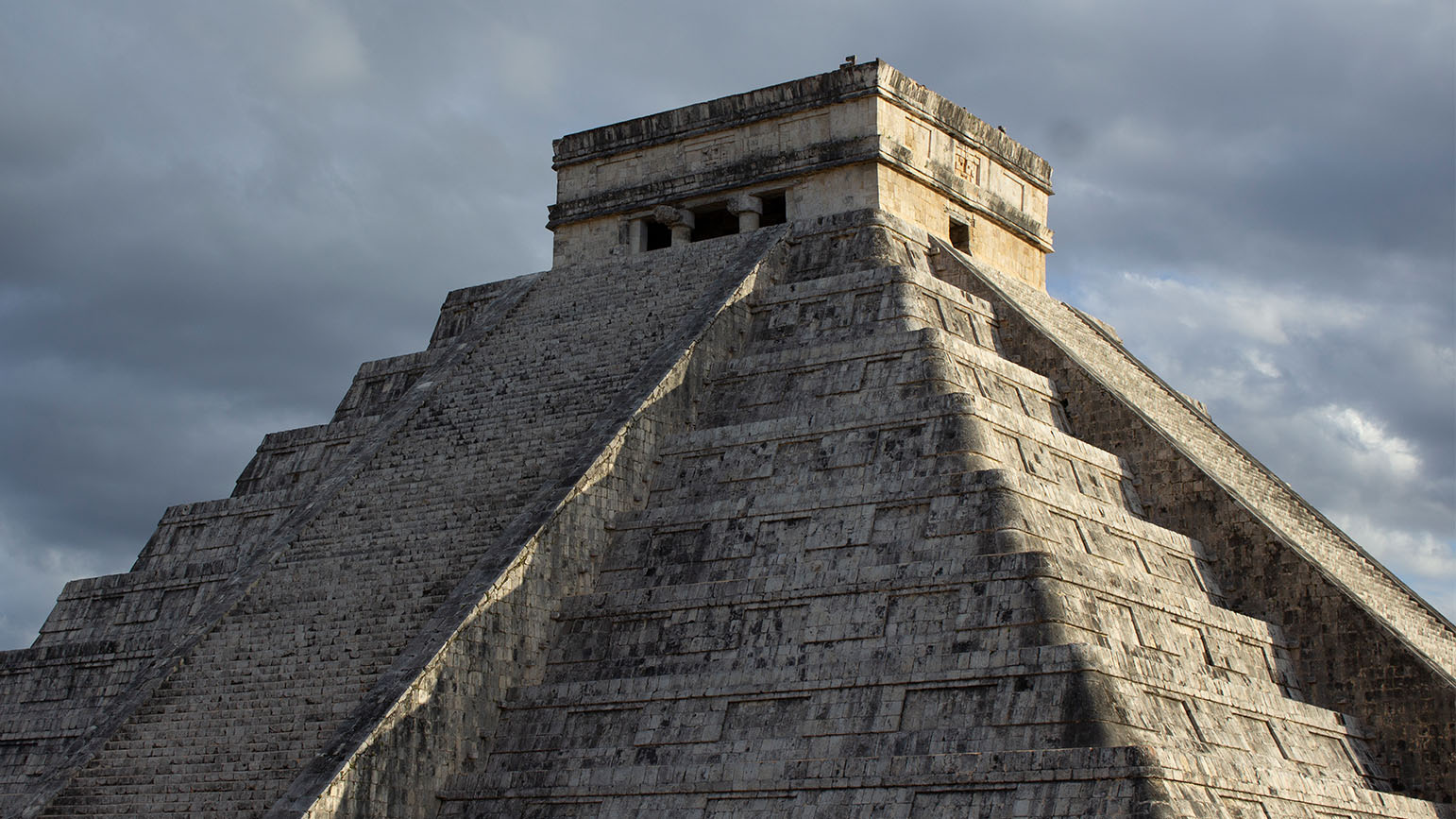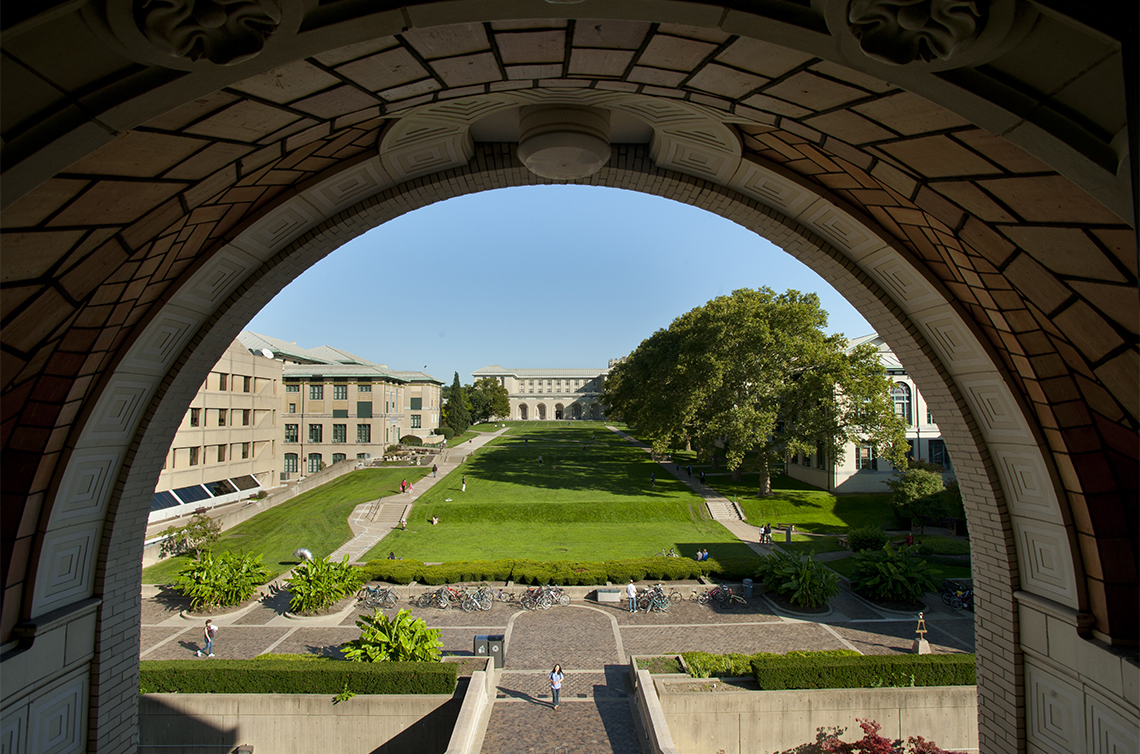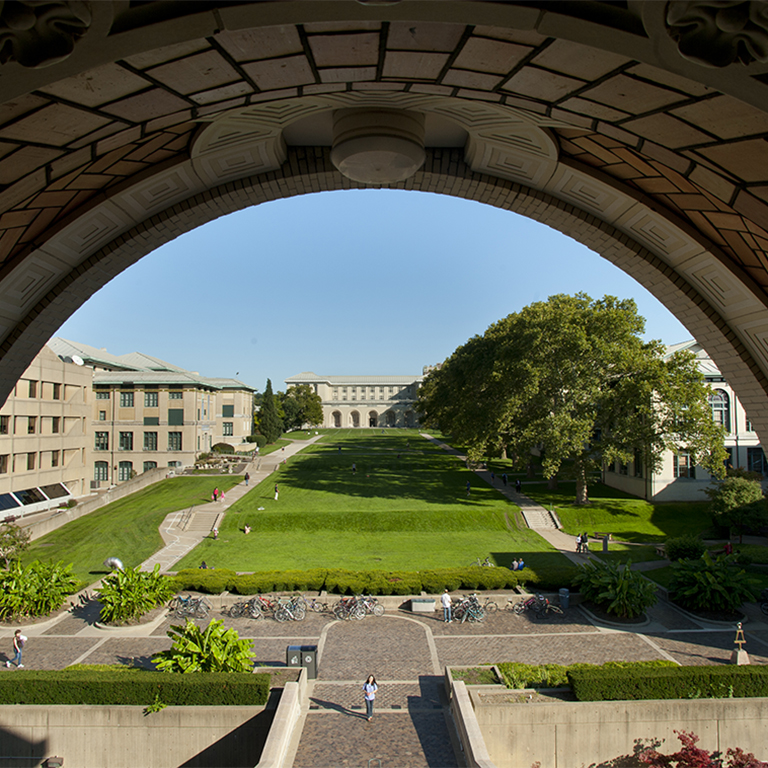
Over the last two years, I’ve maintained my apartment as a clock. Arbitrary markings on the walls have become a part of its architecture. Two eastward facing windows, one southwards and another facing the west makes sunlight available through most of the year. The first light of the day in January and February comes in from the kitchen window and hits straight on the refrigerator and the wall along the spice cabinet. In March the light passes straight through the living room and the passage towards the bedroom to make a small quadrilateral on the wall just half an hour after dawn. The late afternoon light in April reaches the bathroom on the shower curtain. The summer months barely get any light from the southward facing window and it starts to creep in more every month post June. From October to December the light enters from the southward facing window by the study and crawls across the apartment for about 6 hours of a day. Sometimes I feel the apartment could just be recreated as a light map since no other apartment could ever have the same. The light map then is like a blueprint of the house. Even an identical apartment could never have the same light map.
On the 20th day of January 2019, I woke up and went straight to my computer. I don’t know what caused this impulse but I found myself looking for tickets to Mexico. The desire was an urgent one and the only way I could put it off was by securing tickets to confirm it was going to happen. Everything was slowly falling into place as I was going to be travelling during the vernal equinox. With my interest in light studies, I’ve been following patterns of the sun and the moon in relation to the earth and phenomena that have been coined to have significance. On the day of equinox, for example, the sun rises 90 degrees East and sets 270 degrees West and divides the day in two halves: approximately 12 hours of light and 12 hours of darkness. The vernal equinox on the 20th of March was however a special one: a full supermoon vernal equinox. And it would be an ideal day to see Kukulcan descend from the sky on to El Castillo (the pyramid of Kukulcan) at Chichen Itza and slither back into the sky as the sun set.
The Yucatan Peninsula has a number of Mayan archeological sites and each corresponds to a different astronomical significance. Another one of those is the pre-Colombian capital of Mayapan. At the site of Mayapan there’s a structure that would speculatively map the rising and setting sun, a temple with two gateways facing each other. The sun rises right in between one of the doorways and sets right in between the opposite on the vernal and autumnal equinox. I stood in the middle with a compass in my hand and thought of the two suns, one rising, one setting and the superimposition of their light that would illuminate the entire room. And then thinking of how at some point of the day the space would be illuminated as it was dark the time of my visit. The ephemerality of sunlight emphasized by this architecture is a very compelling attribute of a lot of the Mayan constructions. It is similar to the idea of darshana, a concept from Indian philosophy that speaks of the phenomenology of viewing. Darsana is always short lived, it’s not darsana if it last forever. At this temple the doorway becomes the shrine, with the deity in the distance and the space is illuminated. The appearance of Kukulcan at Chichen also corresponds to this ephemeral and transient philosophy of the darsana.
With my visit I was interested in looking at Mayan and Aztec mythology and how closely it remains tied to nature as deity. Their religious, mathematical and architectural knowledge and beliefs benefit from each other and that furthers into the spectacular temple, castle and city constructions. It is extremely fascinating that the Mayan and Aztec sites have arrived at such precise calculations only by persistent observation over years. Their investment in astronomical studies and phenomena then, is primarily an interest in seeing. As a result, the lines between architecture, sciences, art, theology and being are extremely blurred and the studies oscillate between documentation, representation and process at the same time.
—Tsohil Bhatia MFA’ 20




